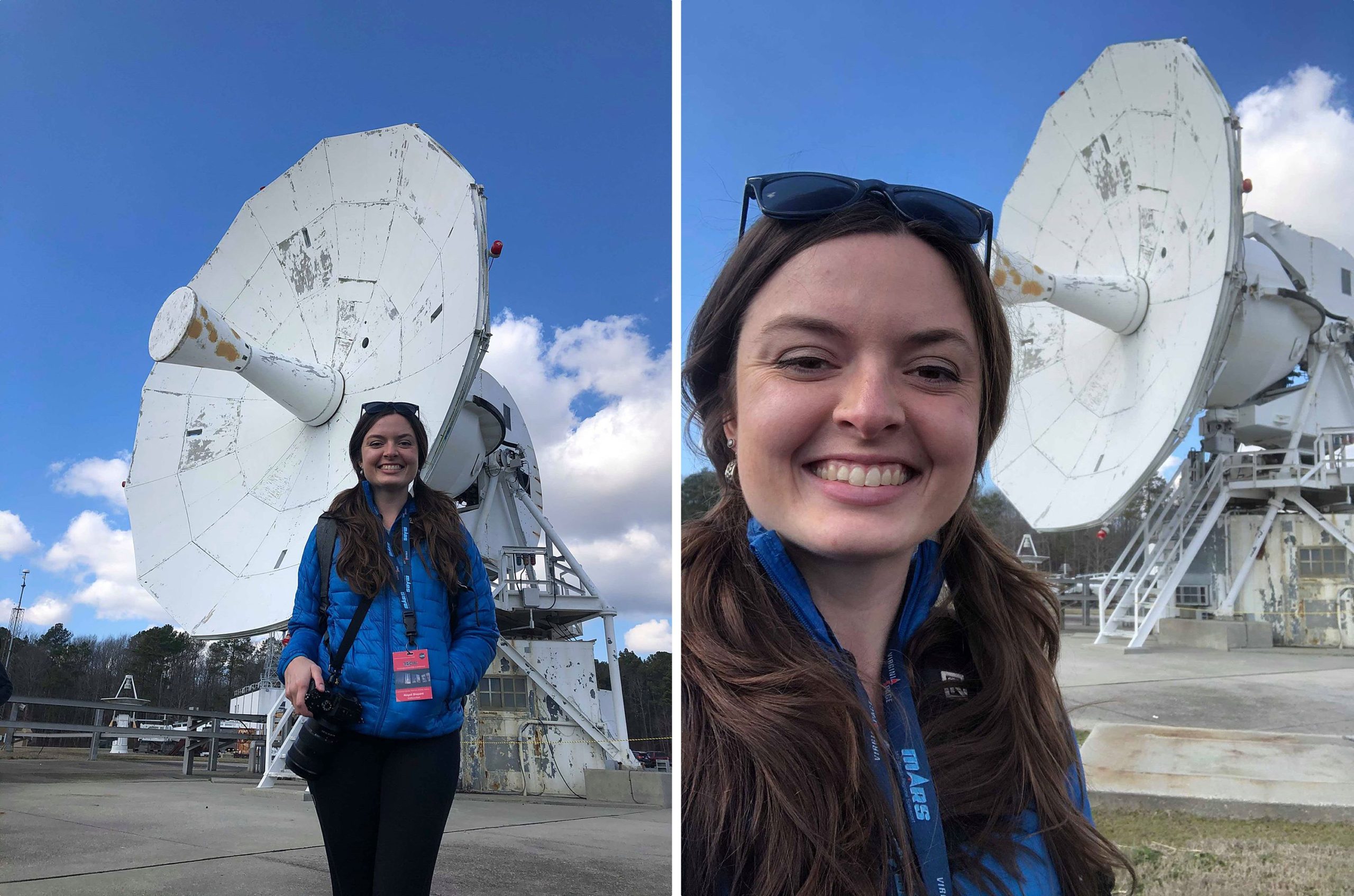My Experience at a NASA Social Event
What's it like to get a behind-the-scenes look at a NASA rocket launch with 20+ other photographers and social media influencers? It's a BLAST!

Get a behind the scenes tour of NASA and photograph a rocket launch from a front-row seat? Yes please!
I had the amazing opportunity to attend a NASA Social event for the Northrop Grumman CRS-13 cargo launch from the Wallops Island Flight Facility in Chincoteague, Virginia. Plot twist the actual launch was scrubbed at the last minute, but the weekend was still an incredible experience.
What is a NASA Social? What was it like? How did I end up photographing a rocket launch from the media viewing site? Buckle up because I'll tell you all that and more. Here we go!
 Antares rocket right before scheduled takeoff.
Antares rocket right before scheduled takeoff.
What is a NASA Social?
NASA says it best so I will quote them. NASA Social "is a program to provide opportunities for NASA's social media followers to learn and share information about NASA's missions, people, and programs." For the social I attended at Wallops Island, 40 of us were came together from all over the country for a 2-day event. We took a behind the scenes tour of the flight facilities, attended a pre-launch press conference, learned about the science aboard the spacecraft, and had credentials to watch the rocket launch from the media viewing site. Informally, we also got lunch/dinners together over the weekend, hung out, and talked a lot about space. Learn more about the NASA Social program.
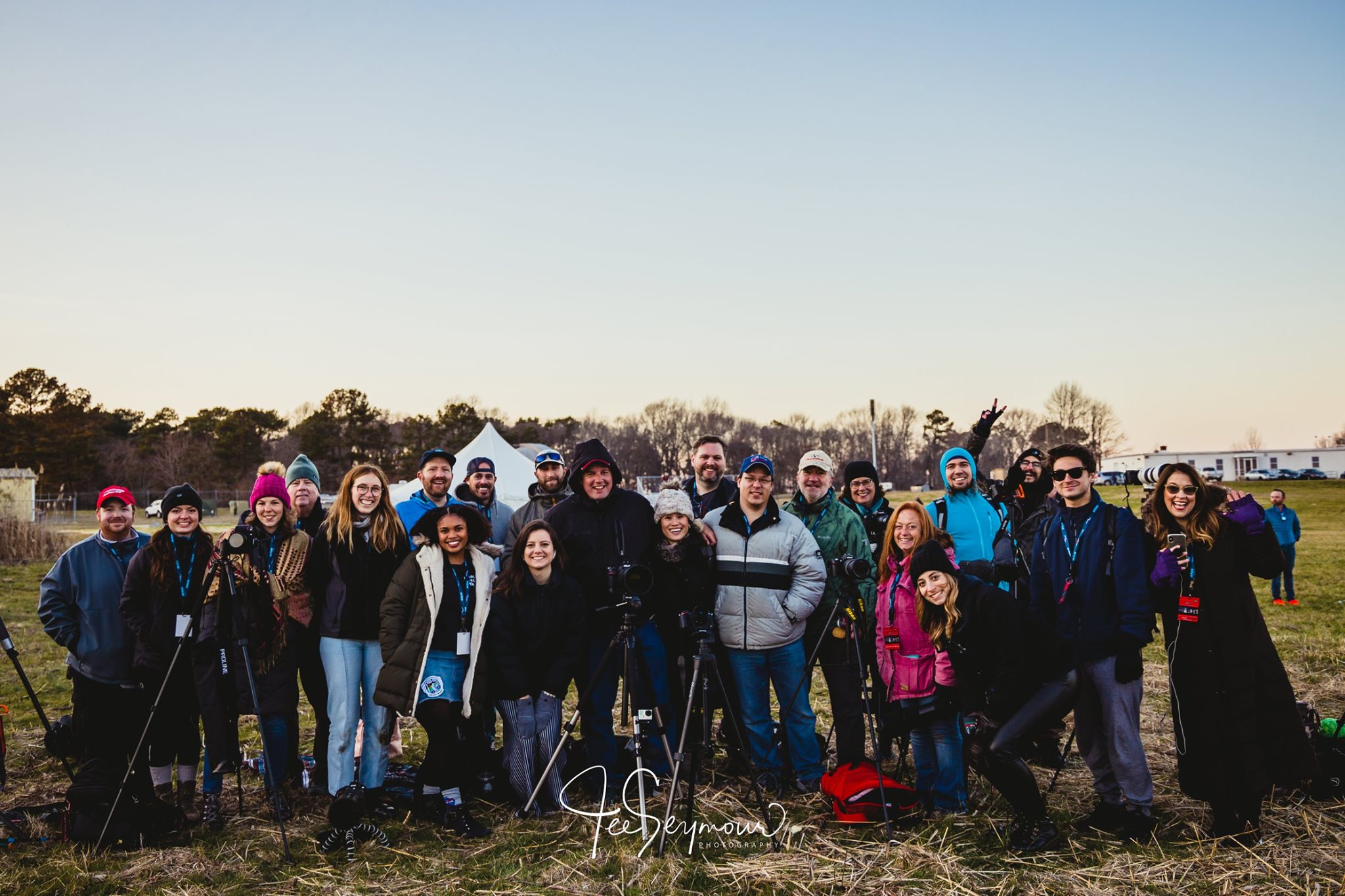 NASA Social ready for the launch! Photo by Jee Eun L. Seymour
NASA Social ready for the launch! Photo by Jee Eun L. Seymour
What was the rocket launch?
We were there for the launch of the Northrop Grumman CRS-13 cargo launch. The rocket was loaded with 7,500 pounds of supplies, gear, and science experiments that were sent to the International Space Station.
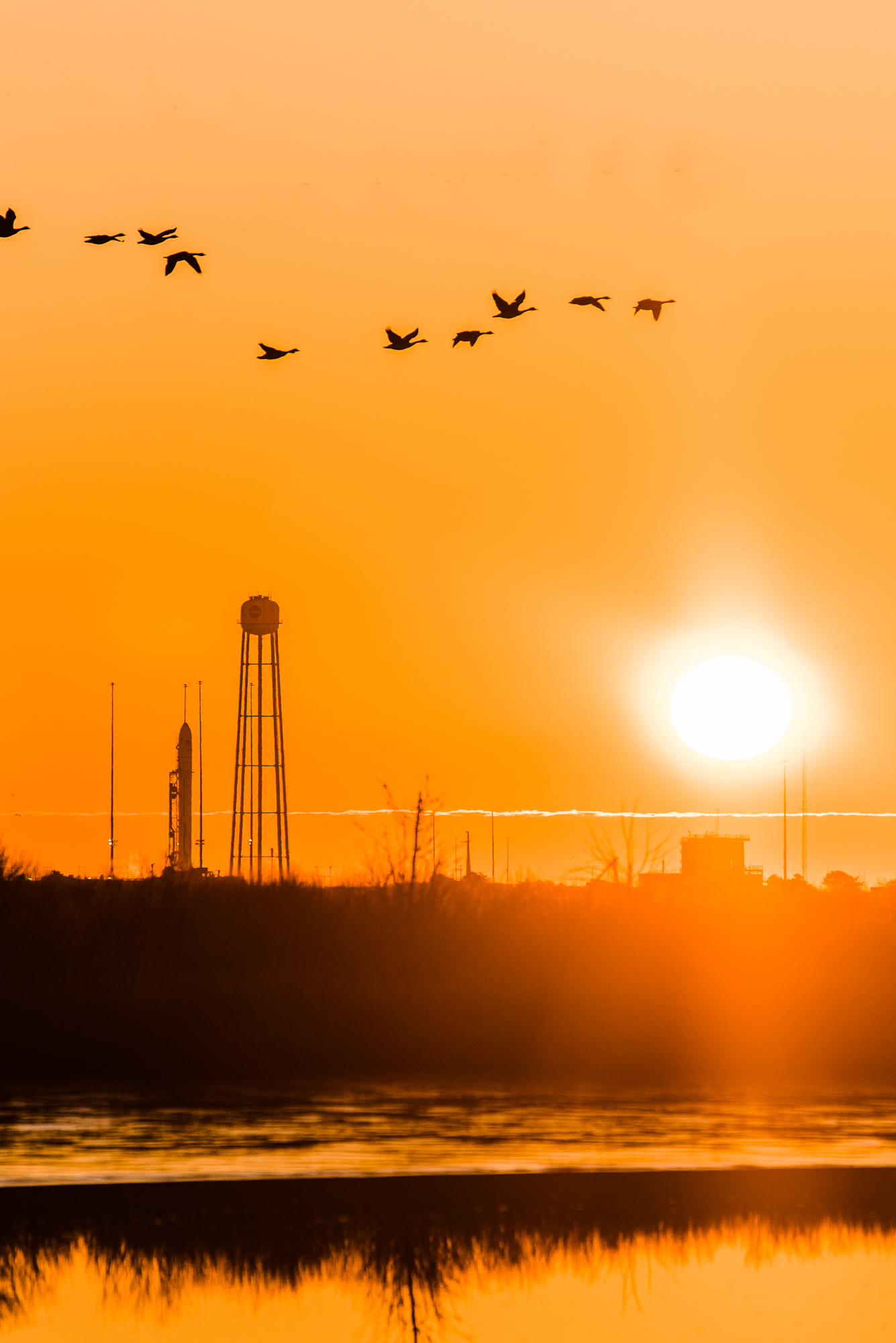 I watched the sunrise behind the rocket one morning. It was amazing.
I watched the sunrise behind the rocket one morning. It was amazing.
What did we do? Facilities and Tours, Presentations, and the LAUNCH
Facilities and Tours
We took tours of several different buildings and facilities at Wallops Island including...
The Horizontal Integration Facility: This is where the rockets are assembled.
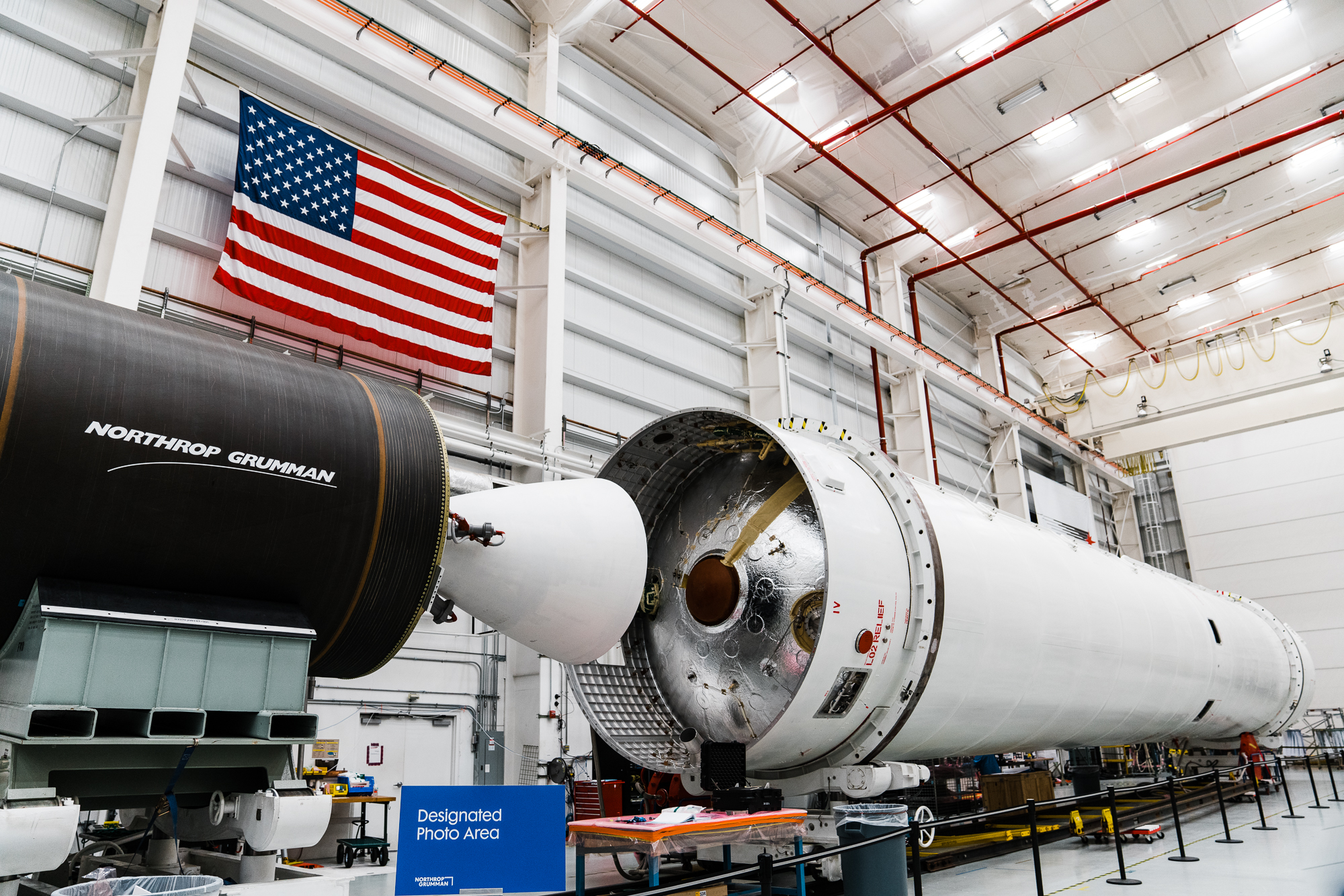 Inside the Horizontal Integration Facility
Inside the Horizontal Integration Facility
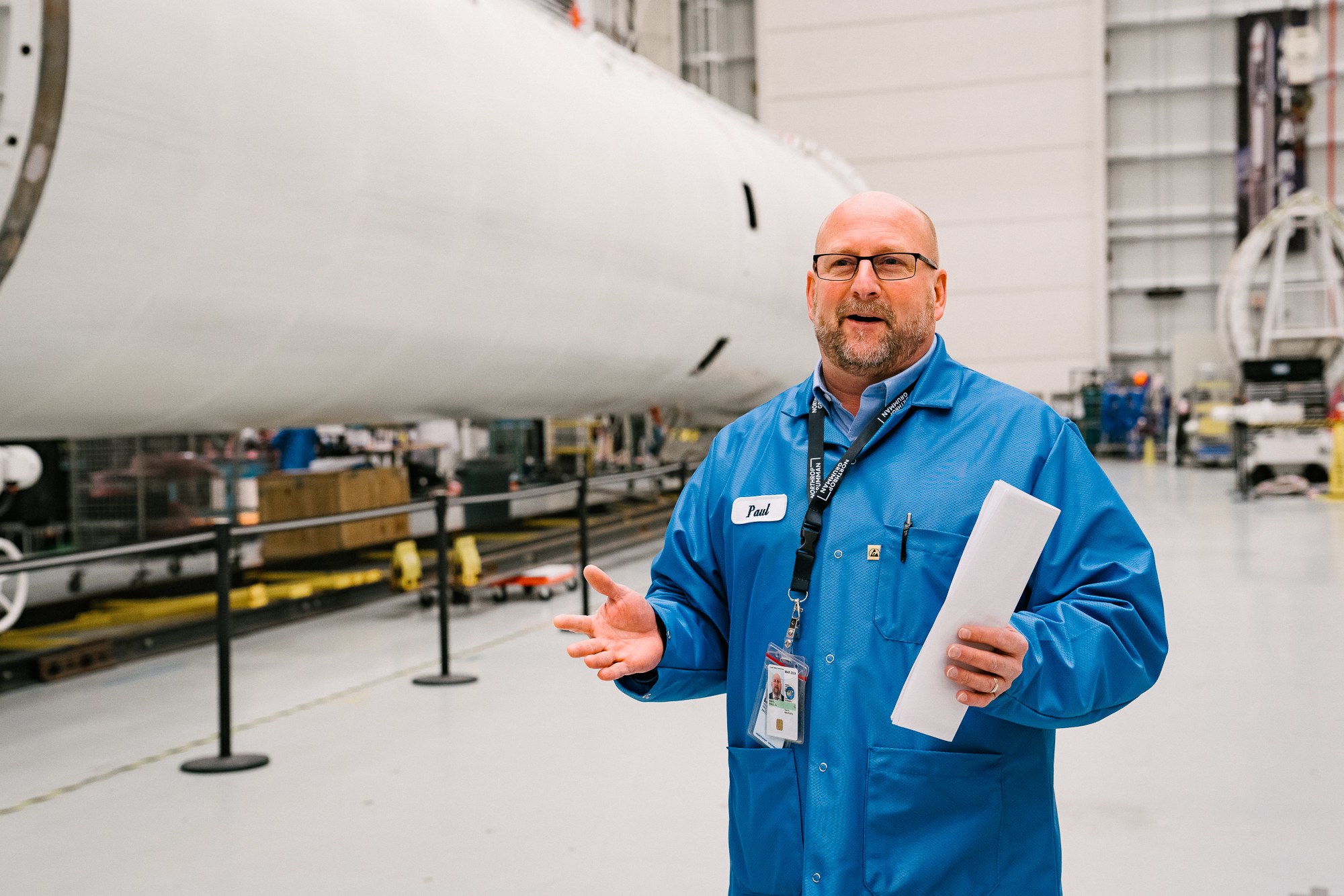 Inside the Horizontal Integration Facility
Inside the Horizontal Integration Facility
 Inside the Horizontal Integration Facility
Inside the Horizontal Integration Facility
The Pad 0A viewing site: where we got to see the Antares rocket. This was the closest we got to the rocket.
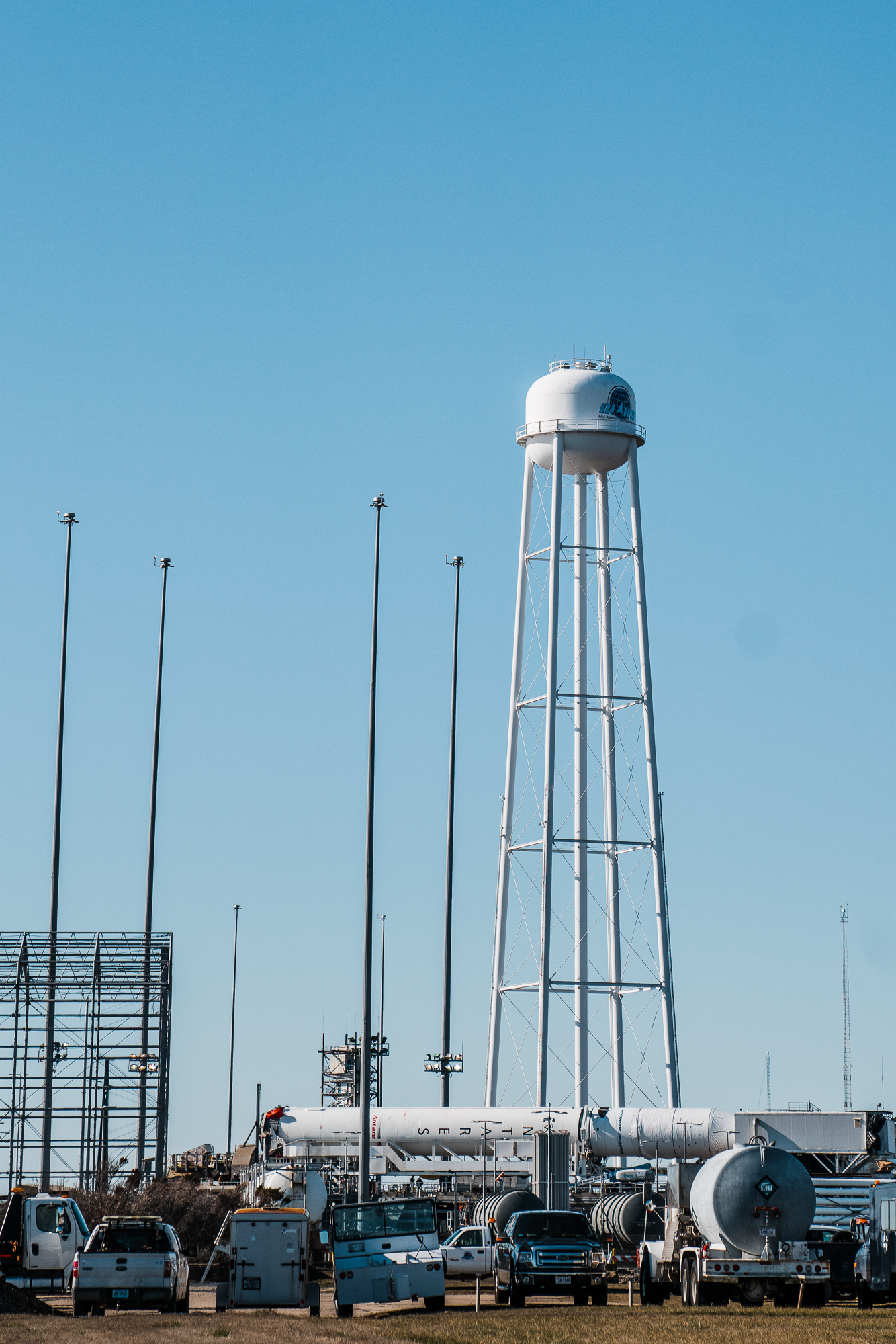 The Pad 0A viewing site
The Pad 0A viewing site
The Pad 0A viewing site
Near Earth Network: provides communication through these big satellite dishes
[caption id="attachment_991" align="aligncenter" width="2000"] Near Earth Network[/caption][caption id="attachment_992" align="aligncenter" width="2000"]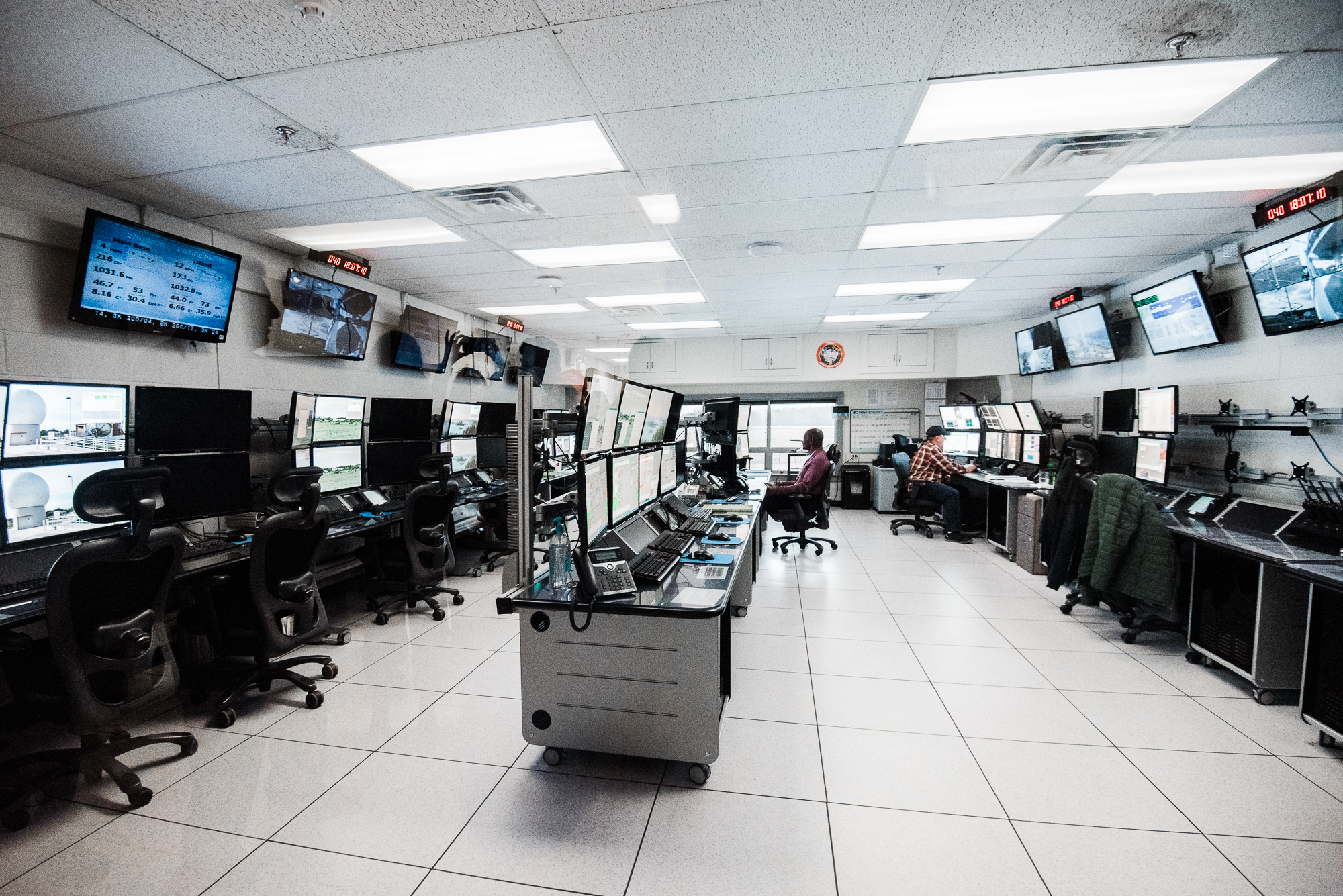
Range Control Center: essentially mission control
 Range Control Center
Range Control Center
Sounding rockets factory: Sounding rocket are used to send experiments into space for a short time, usually 5-30 minutes.
 Sounding rocket factory
Sounding rocket factory Inside the machine shop at the sounding rocket factory
Inside the machine shop at the sounding rocket factory
Talks and Presentations
We also had the opportunity to attend several talks and presentations over the weekend.
Pre-Launch Press conference: This live broadcast featured a panel of NASA staff talking about the details of the launch. All of the NASA social group and members of the media got to sit in the audience and ask questions.
 Pre-launch press conference in the Wallops Island visitor center
Pre-launch press conference in the Wallops Island visitor center
Seed Film presentation: A graduate student from the University of Georgia (go Niki!) told us about her research on seed films. The seed films are designed to send seeds to space in a thin, film-like material. Then the astronauts plant the seeds on the International Space Station in order to study how seend and plants grow in space. They send the required samples back to earth, and eat the rest! The film makes it easier to handle and plant the seeds in space. There were seed films that Niki worked on with romaine lettuce seeds on the Antares rocket!
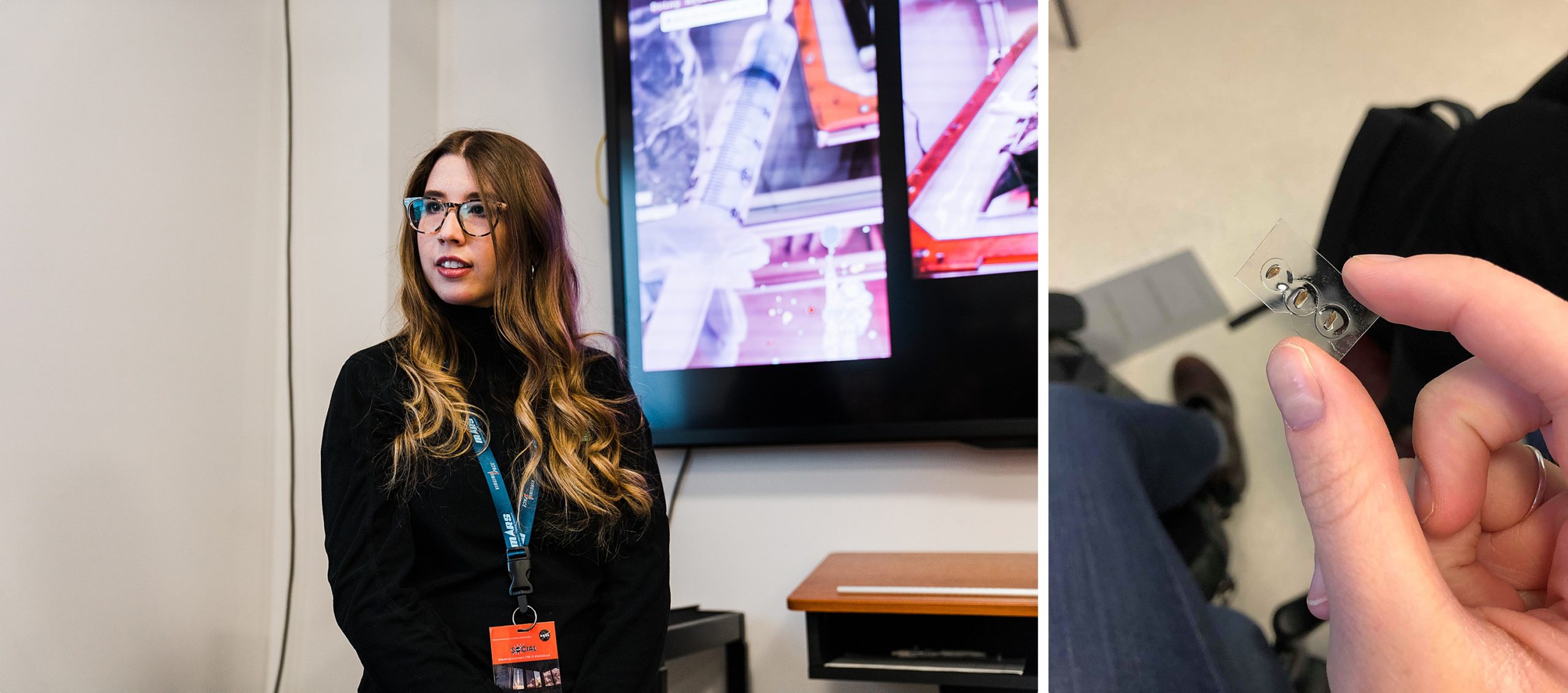 Niki Padgett gave a presentation on seed films! That is romaine lettuce seeds in a seed film that will be sent to the International Space Station.
Niki Padgett gave a presentation on seed films! That is romaine lettuce seeds in a seed film that will be sent to the International Space Station.
What's on Board briefing
One of my favorite things about the weekend was the What's on Board briefing. The Antares rocket carried 7,500 pounds of materials to the International Space Station, and a significant portion of that cargo was materials for science experiments to be performed in space. During this briefing, scientists told us about their experiments that were being sent to space. Here's a good video explaining why scientists want to perform experiments in space.
The science experiments on board the Antares rocket included (copied from NASA because NASA can explain these experiments much better than I can. Here's the source page):
- Mobile Space Lab, a tissue and cell culturing facility that can perform a biology experiment without the need for crew operations for as long as a month.
- OsteoOmics, investigates the molecular mechanisms behind bone loss in microgravity.
- Phage Evolution, examines the effects of microgravity and radiation exposure on viruses that target human bacteria without harming human cells or the body’s beneficial bacteria population. The investigation results could ultimately help protect the health of astronauts on future missions.
- TheMochii investigation provides an initial demonstration of a new miniature scanning electron microscope (SEM) with spectroscopy. Mochii will demonstrate real-time, on-site imaging and measurements of micro- and nanostructures aboard the space station.
- The Spacecraft Fire Experiment-IV (Saffire-IV) investigation will examine the development and growth of a fire in different materials and environmental conditions.
 Scientists presenting their experiments that will be on board the rocket.
Scientists presenting their experiments that will be on board the rocket.
The Launch
Finally, the moment we were all waiting for. The launch of the Antares rocket into space!
The launch was originally scheduled for 5:39pm on Sunday, February 9, 2020. As part of the NASA Social, we had credentials to watch the launch from the media viewing site, which is just 1.8 miles from the launch pad. That's super close. We all boarded a bus and arrived to the viewing site about 2 hours before the scheduled launch. Everyone set up their cameras and tripods to capture the launch. There were just a few cameras....
 Everyone set up at the media viewing site to photograph the launch.
Everyone set up at the media viewing site to photograph the launch.
We were all ready to watch the launch, and the countdown had begun. Just minutes before the launch time, the countdown got pushed back 5 minutes, with the new launch time being 5:44pm. Then, less than three minutes before the scheduled liftoff, the launch was aborted. We weren't sure of the reason at first, but the problem turned out to be "off-nominal data from the ground support equipment."
There was a narrow launch window in order for the rocket to properly make it to orbit and connect with the International Space Station. We knew going into the weekend that the rocket may not launch at its scheduled time. Even though we were disappointed, when you're sending something into space, everything has to be 100% ready.
 View from the media viewing area of the Antares rocket ready to launch
View from the media viewing area of the Antares rocket ready to launch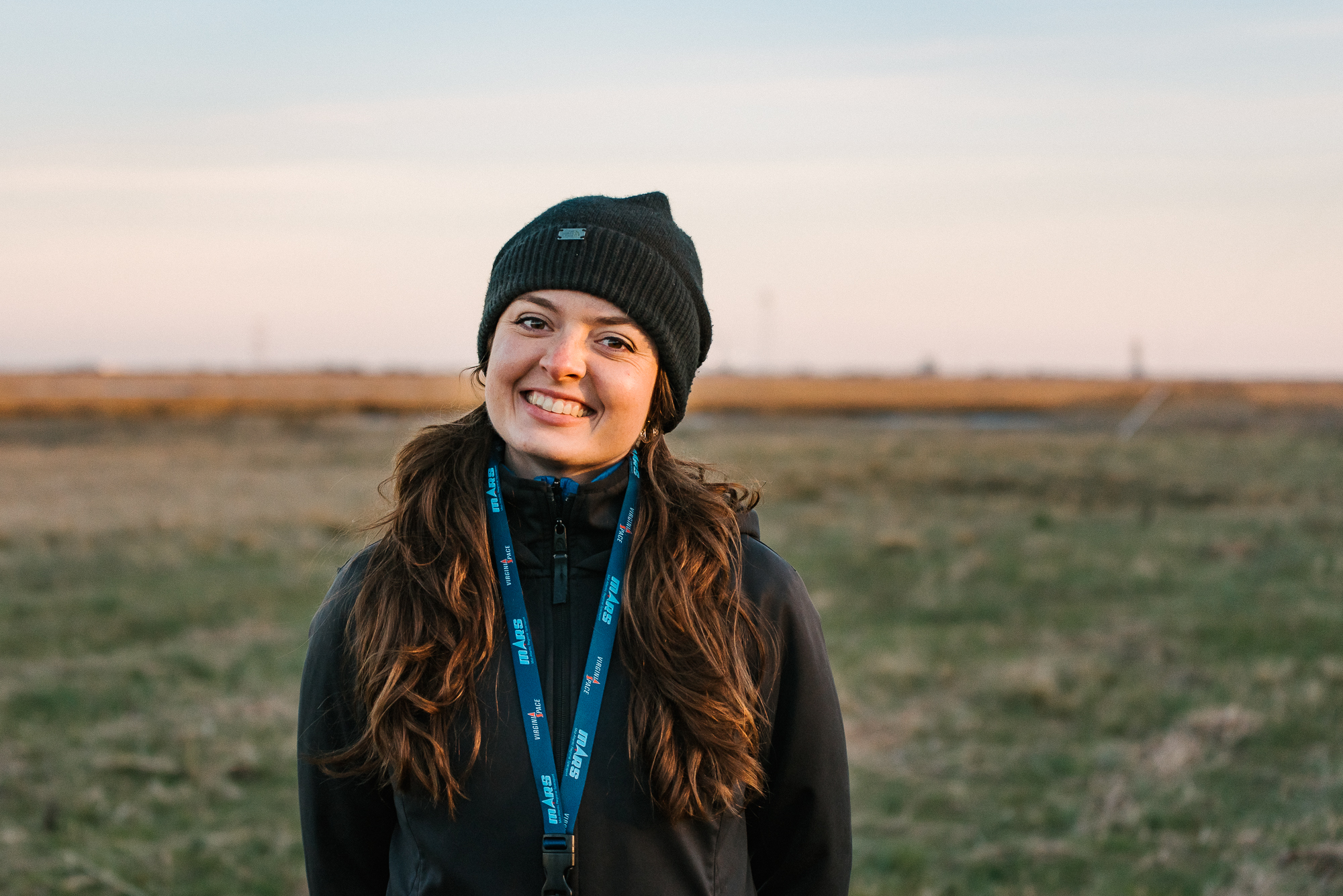 Me with the launch site in the background
Me with the launch site in the background I took this photo right after the launch was aborted.
I took this photo right after the launch was aborted.
Was it worth it?
Yes! I applied for the NASA Social event rather spontaneously at the last minute. I'm not a space nerd and knew very little about rockets or space travel going into the weekend. However, I learned so much, and it was an amazing experience to see the inner workings of a NASA flight facility. I also really enjoyed talking with the other NASA Social participants. These people were such brilliant, motivated, passionate individuals and their love for space was contagious. Even though we didn't get to see the rocket actually launch, the weekend was 100% worth it and I had a great experience. Since the rocket launch was rescheduled, all of the NASA Social Participants still have media credentials to come back and watch the launch.
How did I get accepted to the NASA Social Program?
Anyone can apply for a NASA Social event! A friend sent me a post on Instagram advertising applications for the Social. I filled out a short application and was accepted a few days later. You need to be an active social media user to be accepted, and for the application, I had to list my social media accounts and write a short paragraph about why I wanted to go to the Social and how I would share about the experience. If you want to find out about future NASA Socials, follow NASA on social media and keep an eye on this website.
My weekend with NASA Social was amazing, and I'm so glad I did it! If you have an interest in space, or even if you just want to learn about what NASA does, I highly recommend NASA Socials!
Here are more photos from the weekend!


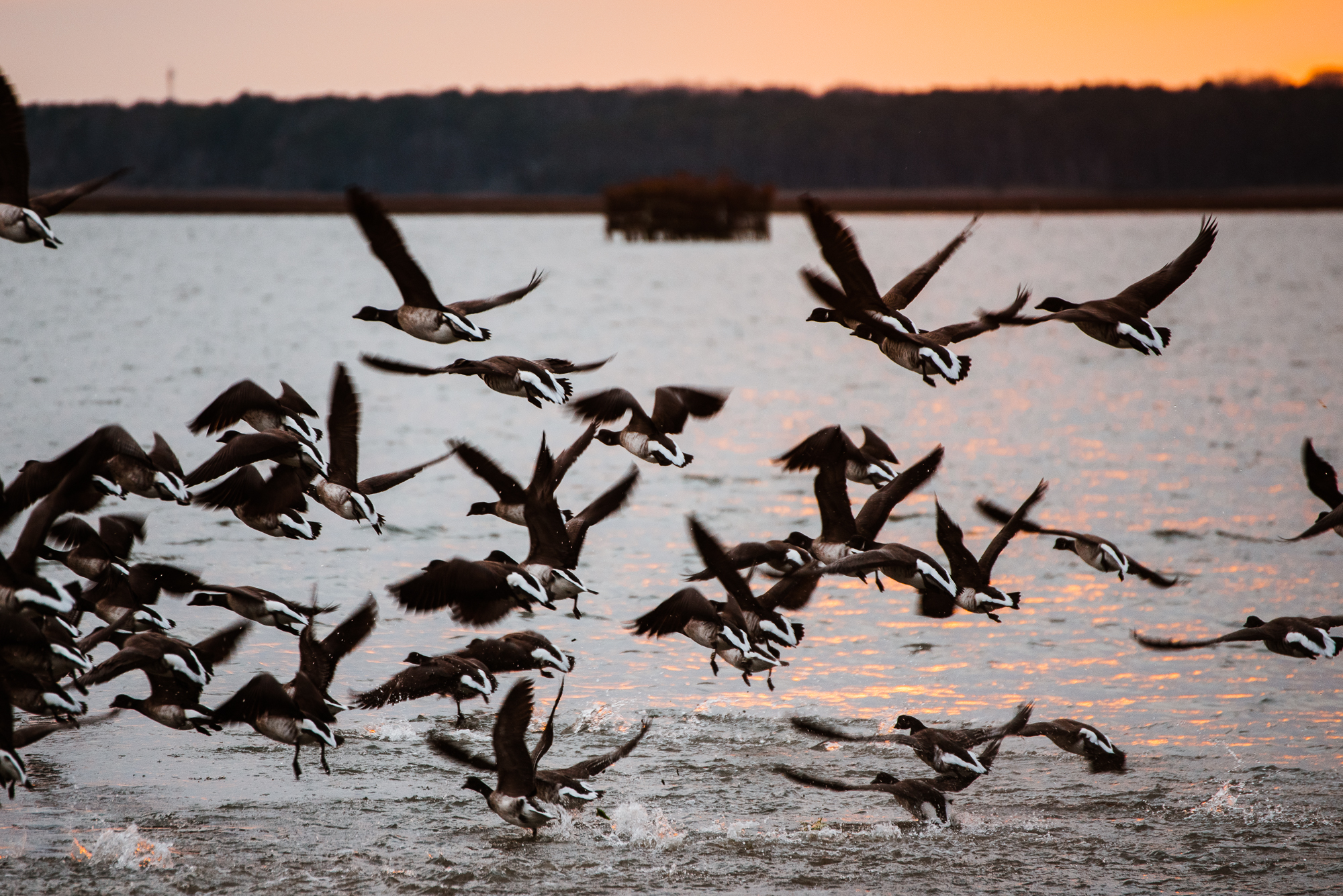

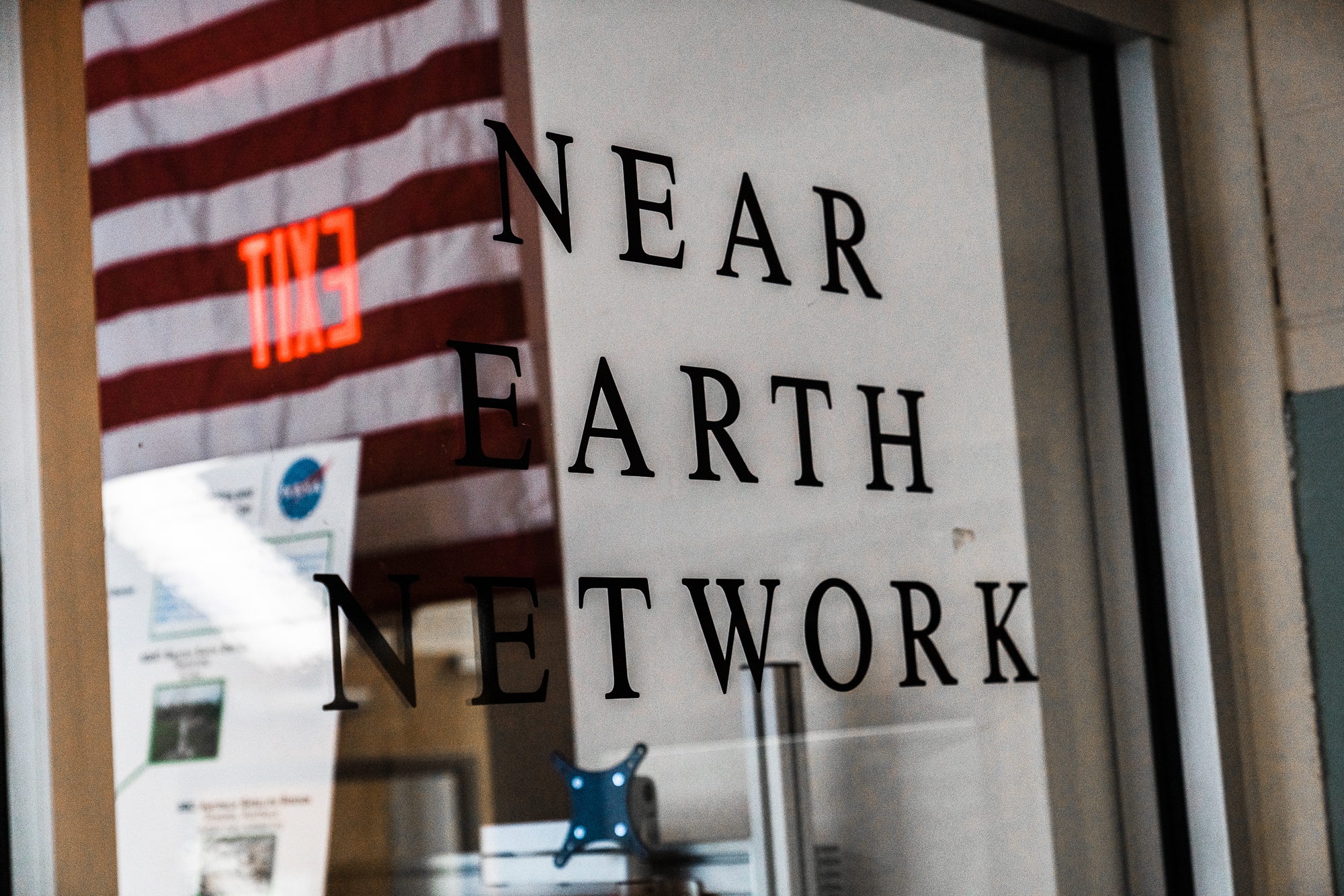
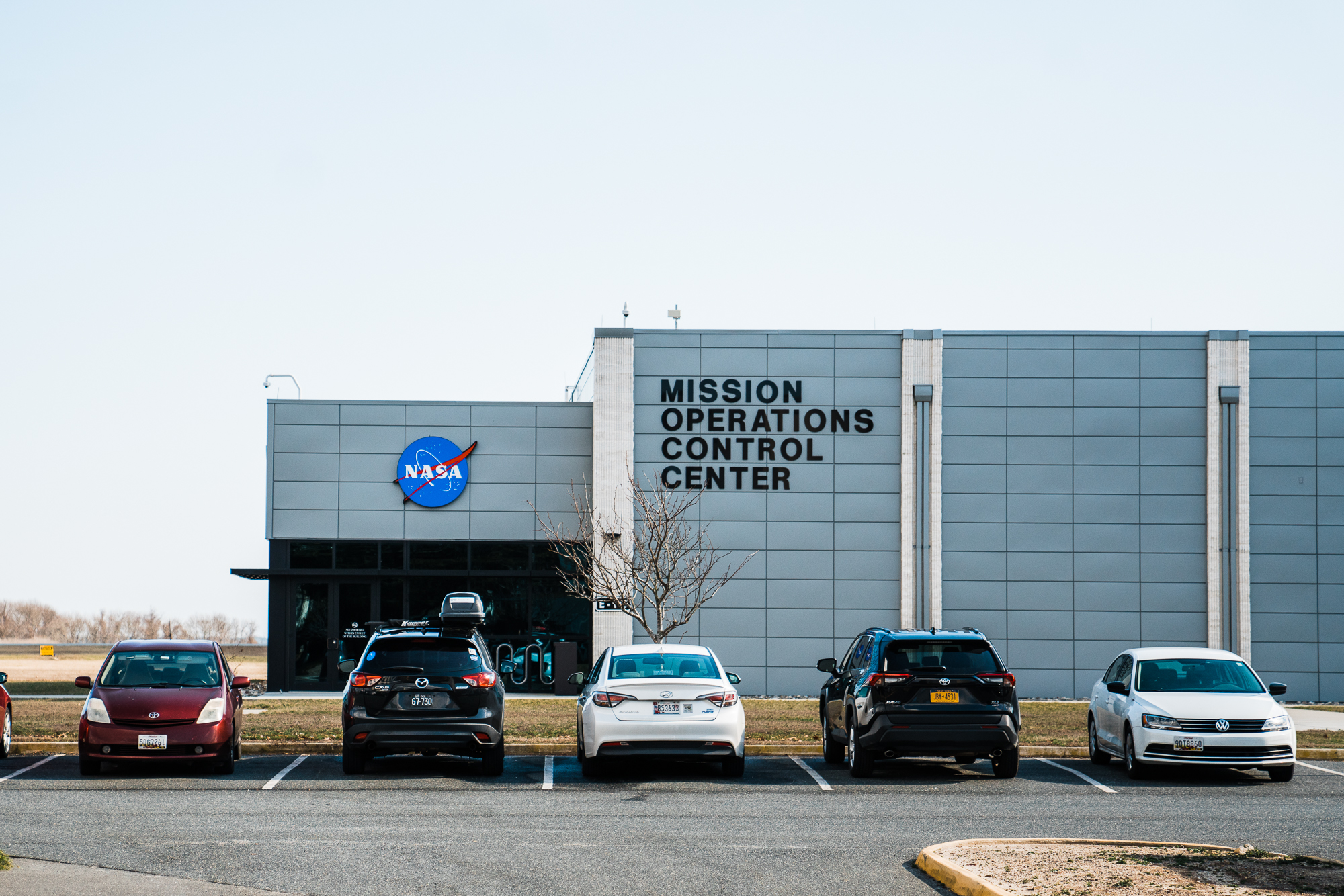
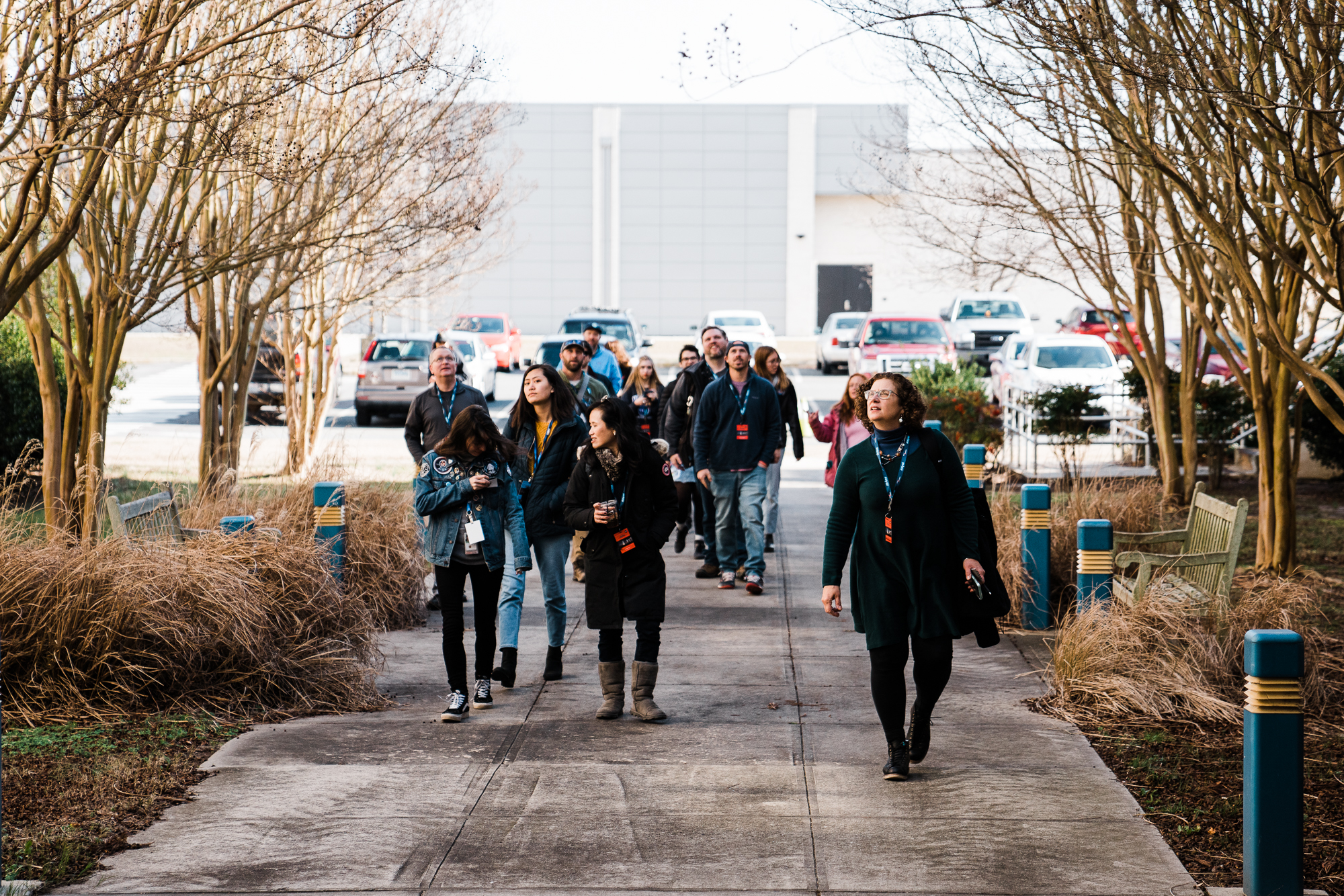
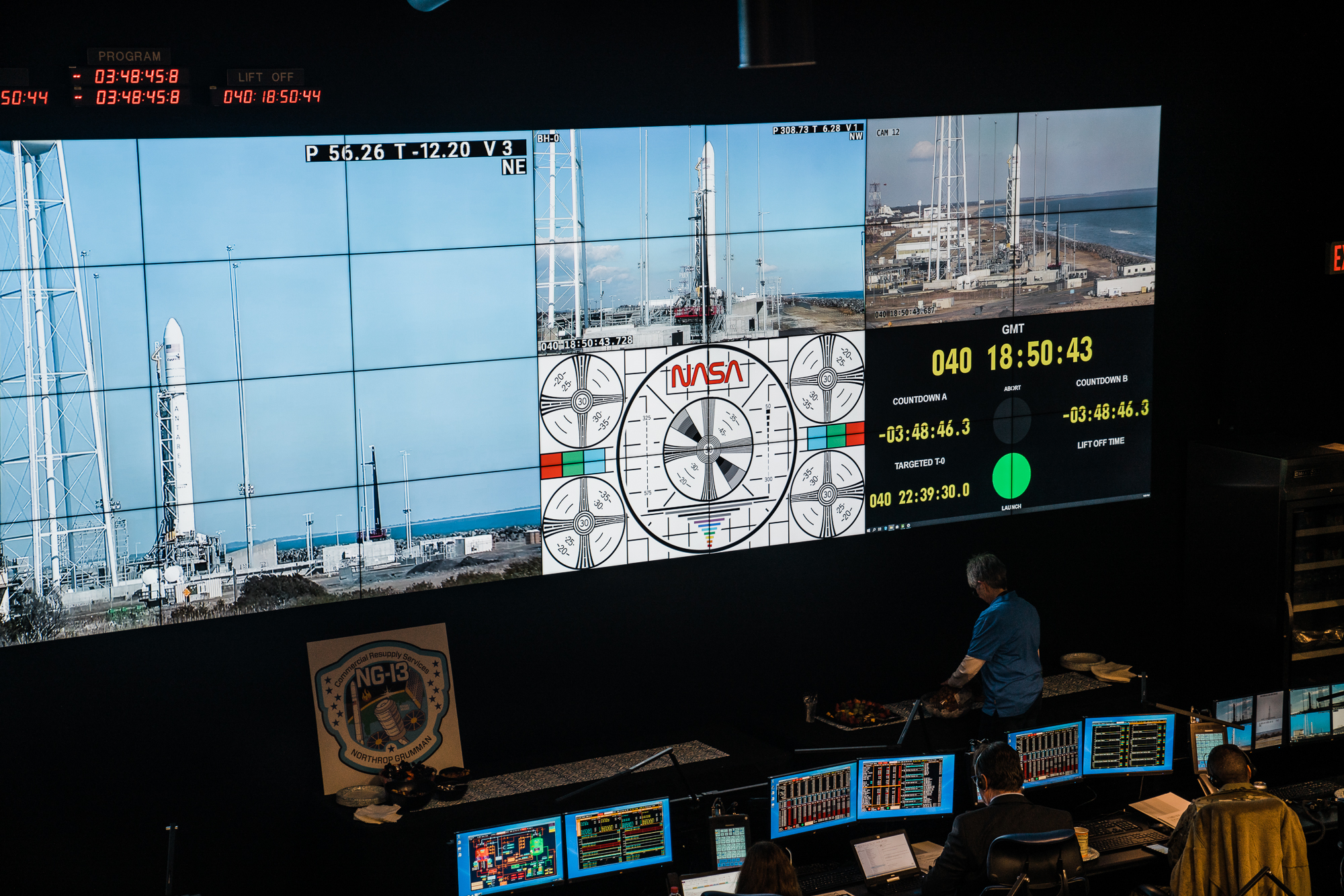
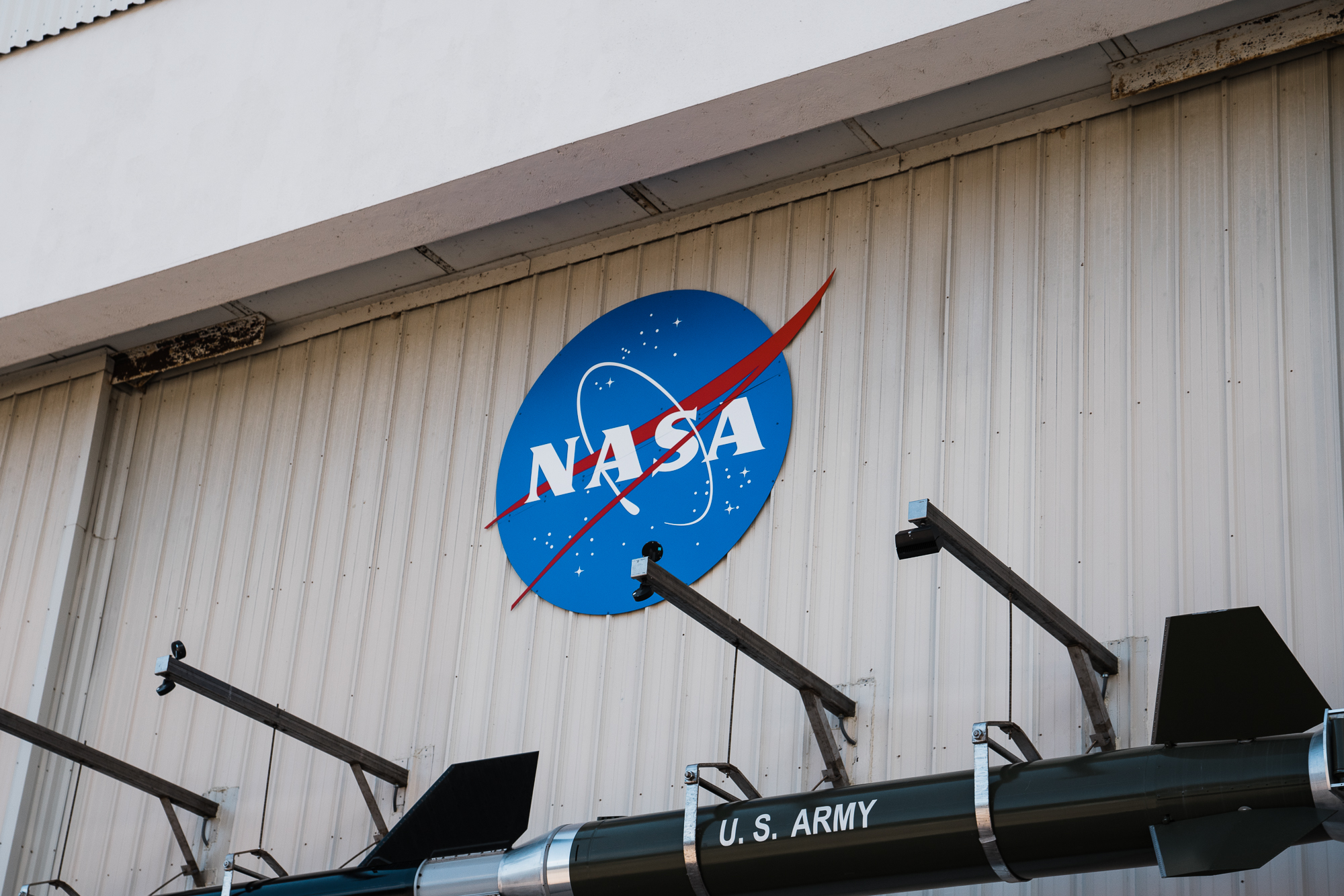


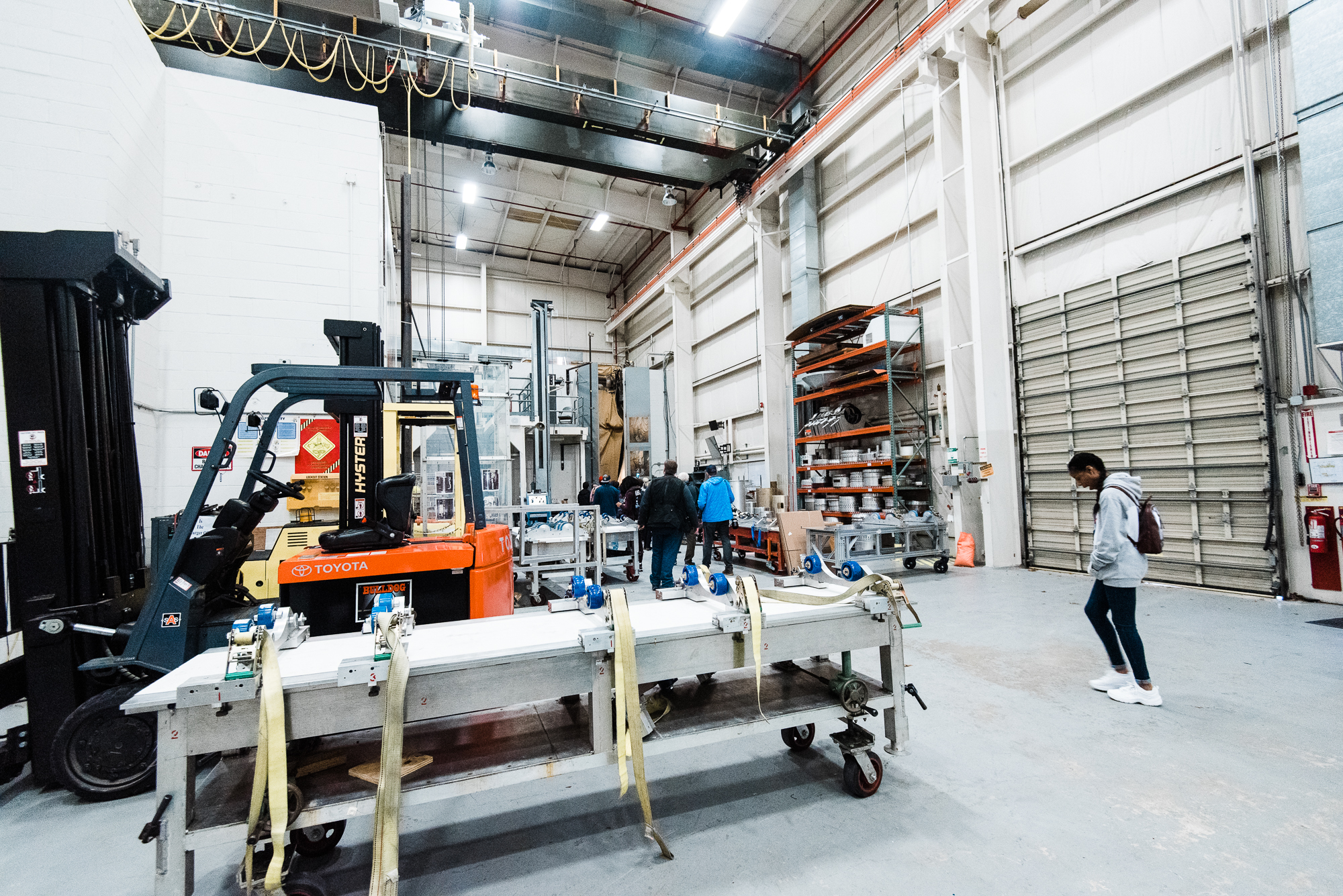
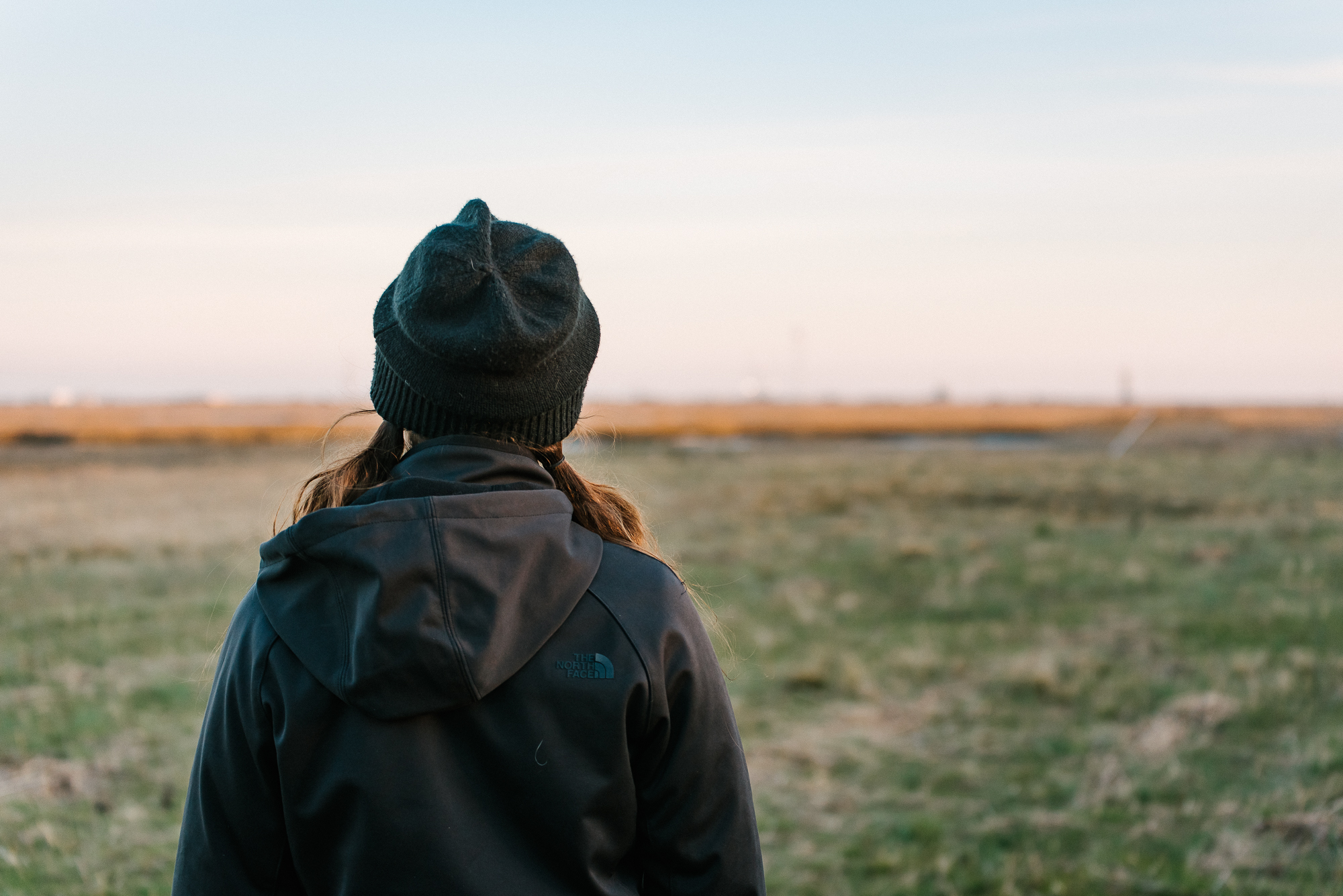
 NASA Social group photo!
NASA Social group photo!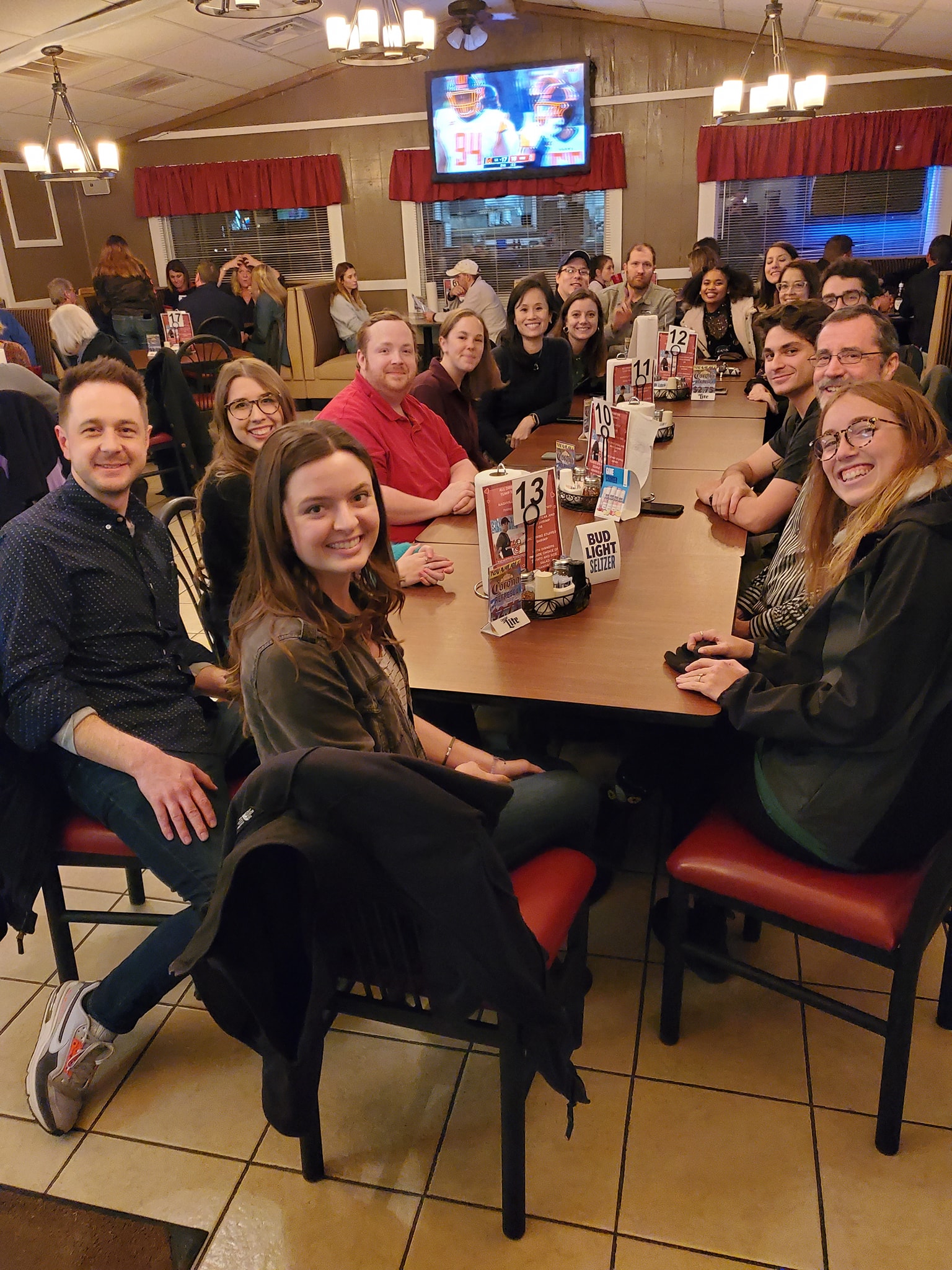

We want to acknowledge and thank the past, present, and future generations of all Native Nations and Indigenous Peoples whose ancestral lands we travel, explore, and play on. Always practice Leave No Trace ethics on your adventures and follow local regulations. Please explore responsibly!
Do you love the outdoors?
Yep, us too. That's why we send you the best local adventures, stories, and expert advice, right to your inbox.

